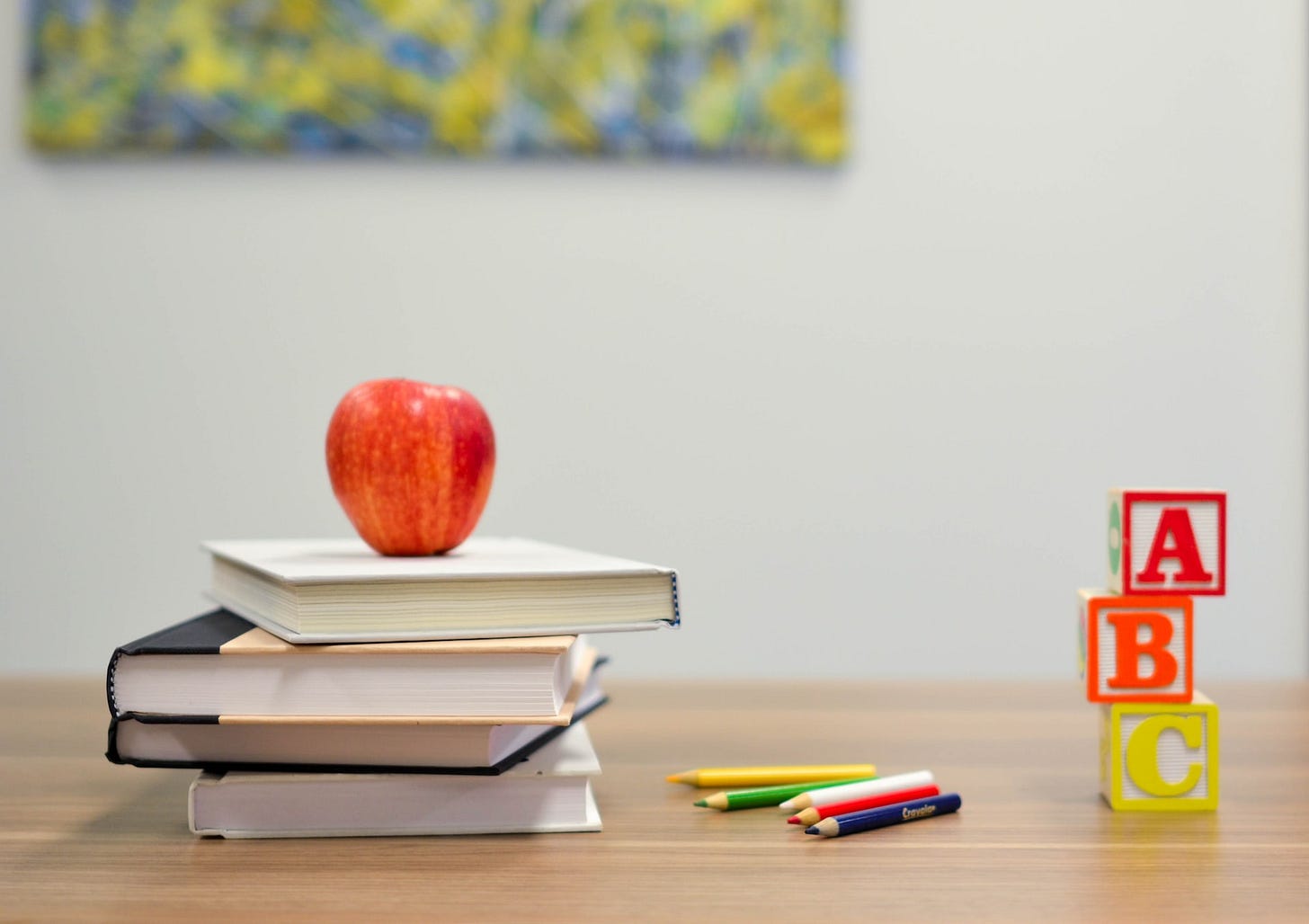Improve public education Instead of pummeling It
Students are returning to schools facing problems that are best solved through community commitment, not partisan criticism

Public education, intended to produce an informed citizenry capable of sustaining democracy, needs improvement, not pummeling.
Public education admittedly has problems. Too many children fall through the cracks. High school graduation rates are too low, especially in stubbornly nonwhite segregated schools. Teacher salaries don’t reflect the training required to do the job. As a new school year begins, students locked out of classrooms during the pandemic have a lot of catching up to do.
Some critics of public education focus on other “problems.” They view honest history as a plot to make children hate America. They deplore teachers talking about sexuality, believing it will undermine “traditional values.” They insist parents must control curricula and patrol libraries to weed out dangerously provocative ideas and books.
The most vocal critics view public education as a failure. They want tax dollars to flow to home schools, privately run charter schools and schools with religious affiliations. They want to reduce public schools to just another school choice.
But public education isn’t just another school choice. Its heritage is a national commitment to educate all citizens for the duties of democracy – to vote, contribute, act responsibly and think critically. Public schools have another crucial duty – to help people from different backgrounds and economic stations learn to get along in preparation for jobs, the military and community life.
Throwing public education under the bus won’t make public schools better. The only way to make public schools better is to focus on what needs improved. Here are my suggestions:
Promote Informed Parental Engagement
Many schools encourage parents to be actively involved in their children’s education. They should “encourage” harder. Positive benefits accrue when parents are engaged in the learning of their children. Teachers should view parents as teacher aides and recognize parents sometimes don’t know how to engage effectively. My father was a math whiz but had no idea how to help me with “new math” instruction. (Yes, math is still important to teach).
To cut through demagoguery over critical race theory, history teachers should explain how they present controversial topics and the age-appropriate space they give to students to discuss those topics. The same goes for health teachers, public health professionals and counselors.
Use Technology to Individualize Education
Technology can be the putty to prevent students from falling through the cracks. As school shutdowns during the pandemic revealed, remote learning didn’t work for every child. But it worked really well for some children.
Technology tools can support self-learning by helping students discover what excites them and providing opportunities to pursue those interests alongside the basic curriculum. Online existence is native to most youth moving through schools today, so it makes sense to tap their skill for learning. Teachers need continuing education on how to tap technology’s potential for individualized learning.
Practice Democracy in Classrooms and School Board Meetings
To achieve one of the underlying purposes of public education, practice democracy in classrooms, school board meetings and teacher-parent meetings. The aspect of democracy that’s most important is civil discourse, mutual learning and respectful disagreement. Teachers and students won’t always agree, Students and other students won’t always agree. Teachers, parents and students may not always agree. The task is to work it out, whether it’s a compromise, a workaround or an agreement to disagree. Public education classrooms and school board meetings are the melting pots for learning to get along in a pluralistic society.
Capitalize on Learning Between the Lines
Students learn in hallways, schoolgrounds and other places students gather as much or more as in classrooms. The purpose of student activities, clubs and teams is to teach lessons that cannot be taught in classrooms such as teamwork and mutual respect. A school play, debate club and student newspaper enable young people to learn about themselves and from each other as well as from teachers.
Applaud Achievement
It’s a human trait to do better when praised. When students do the right thing or a good thing, teachers and parents should applaud their achievement as eagerly as they would to correct them when they wrong. Praise should be for more than good grades and extend to good deeds.
Save some applause for public education which, despite its failings, has served its purpose to push us toward a more perfect union for a long time.




